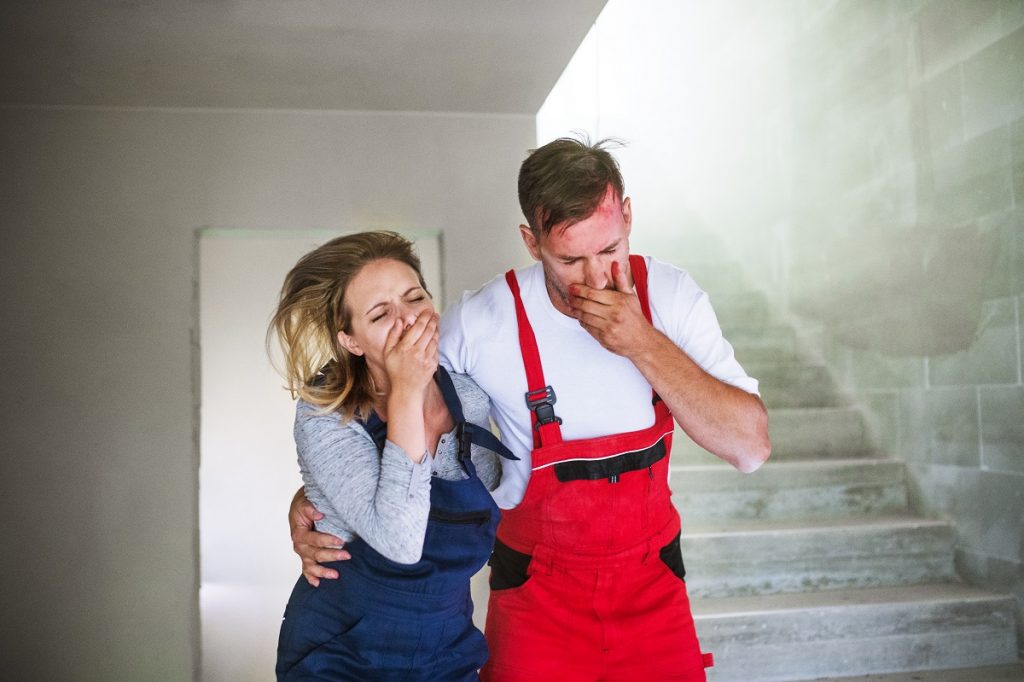Care and comfort are two of the most important things elderly people receive from nursing homes. Many residents of these facilities have some type of illness, so their health may already be in a fragile state. This is why, as a care provider, you must do everything you can to ensure the elderly in your care are receiving the best level of comfort and medical attention.
The winter is an especially challenging time for residents and care providers, alike, in nursing homes in Davis County. While the chill and the holiday celebrations add a festive feeling all around, some residents may not be comfortable with the cold.
Water heaters, space heaters, and furnaces usually address the problems of frigid temperatures. However, you might not be aware that these devices and structures carry with them the threat of carbon monoxide poisoning.
What You Need to Know About Carbon Monoxide Poisoning
Carbon monoxide is an odorless, colorless, and tasteless toxic gas. In a typical residential structure, including nursing homes, there is at least one source of carbon monoxide. Some of the most common ones are:
- Car exhaust
- Gas stoves
- Cooking ranges
- Charcoal grills
- Water heaters
- Furnaces
- Space heaters
According to the Centers for Disease Control and Prevention (CDC), carbon monoxide poisoning sends 50,000 people to the hospital every year in the U.S. and at least 430 of these cases are fatal.
While anyone can accidentally suffer from carbon monoxide poisoning, some people are especially vulnerable. This includes elderly people.
Older adults often have compromised health. Their breathing is usually shallower and faster, so if they breathe in air with fatal levels of carbon monoxide, they may ingest the toxic fumes more rapidly. In addition, older people with pulmonary or respiratory problems, as well as anemia and heart disease, are more likely to fall ill from carbon monoxide exposure.
Preventing Carbon Monoxide Poisoning Among Nursing Home Residents

The key to protecting the elderly in nursing homes from the dire consequences of carbon monoxide poisoning is by preventing exposure to the toxic fume in the first place. You can do this by:
- Installing carbon monoxide detectors in different areas of the nursing home. This is especially important near or inside the bedrooms because residents are not going to be able to show signs of carbon monoxide poisoning in their sleep.
- Regularly replace the batteries in your carbon monoxide detectors to ensure that they will be able to detect when carbon monoxide levels rise dangerously.
- Have the facility’s heating systems regularly inspected. When these systems are maintained properly, carbon monoxide is less likely to accumulate to dangerous levels.
- Do not use charcoal or fuel-burning items indoors, especially in small, enclosed spaces.
Apart from preventing carbon monoxide levels to rise dangerously, you should also be aware of the following symptoms that may manifest if the elderly under your care has been exposed to high levels of carbon monoxide:
- Headache
- Dizziness
- Nausea
- Shortness of breath
- Vomiting
- Confusion
- Blurred vision
- Weakness
- Loss of consciousness
If you think a nursing home resident may have carbon monoxide poisoning, get them into fresh air and seek emergency medical care immediately. If they aren’t administered with medical care right away, they might develop brain damage or, worse, succumb to the effects of the noxious gas.
Carbon monoxide poisoning is a completely preventable illness. When you exhibit proper care for your nursing home patients, you can ensure that they won’t fall ill from this and remain safe and comfortable.
